It has been a big year for esteemed early music group Salut! Baroque with four concerts each in Sydney and Canberra to mark its 30th anniversary, culminating in a concert celebrating the human voice over three centuries and taking in works from Italy, Germany, England, France and Spain.
Tour guide for the program was soprano Anna Fraser, a regular with Pinchgut Opera, The Song Company, Bach Akademie Australia and other leading Australian companies specialising in old and newer music.
Salut! co-founders Sally Melhuish (recorders) and Tim Blomfield (bass violin) led a group of 11 instrumentalists for a wide-ranging program which included pieces by Handel, Bach, Telemann and Rameau among more obscure composers, with an attractive set of 17th century Spanish songs at its centre.
The concert demonstrated how, with the move away from the church and into courts and palaces as centres of music-making, composition developed from the polyphony of John Dowland – Fraser proving compelling and insistent in his self-questioning Can She Excuse My Wrongs? – to the ornamentation and basso continuo instrumental harmonic richness of Jean-Philippe Rameau and the German Baroque masters.
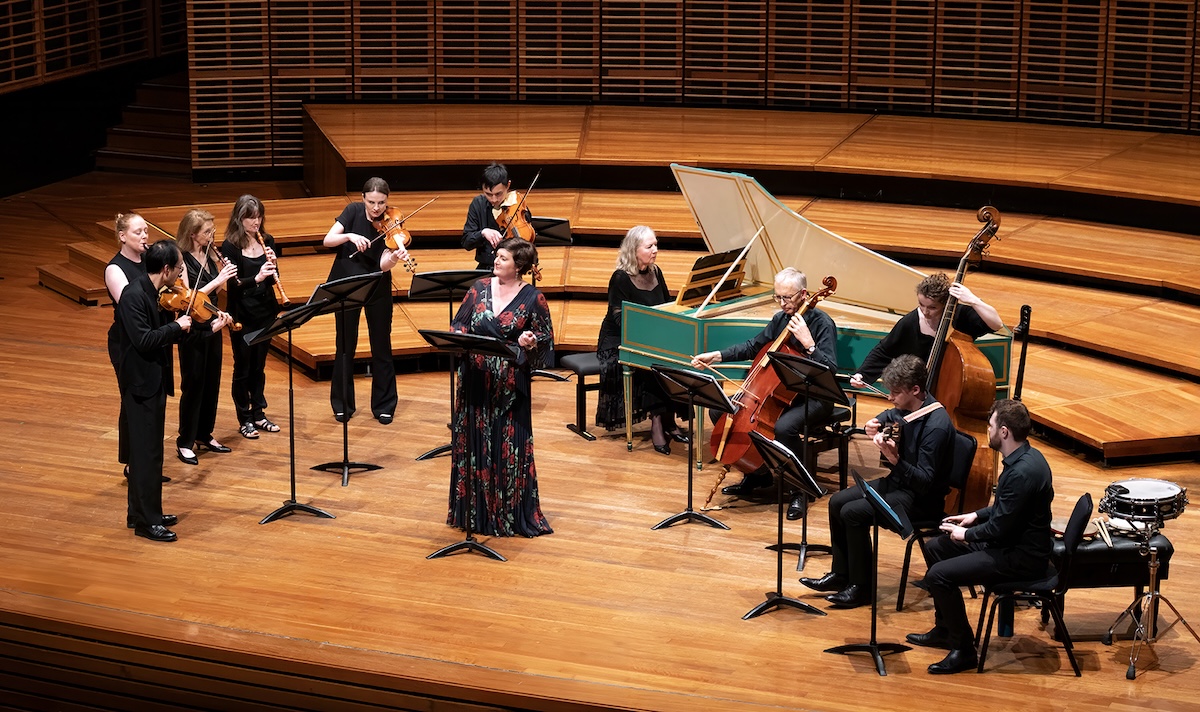
Anna Fraser and Salut! Baroque: Voice, Rejoice. Photo supplied
Things got off to a breezy start with Italian violinist-composer Carlo Tessarini’s Overture from La Stravaganza from 1735, with violinists John Ma and Sarah Papadopoulos swapping leads for the elegant slow movement, before Fraser’s sweet, expressive and well-rounded soprano combined beautifully with Jane Downer’s Baroque oboe for Georg Frideric Handel’s aria Eternal Source of Light Divine, famously sung while Meghan Markle walked down to aisle for her royal wedding.
Leaving the England of Dowland and Handel, Salut! then took the audience to France with a brief detour to Lübeck where Johann Christian Schieferdecker, Dieterich Buxtehude’s son-in-law and successor as organist, wrote his Musicalische Concert in 1713. Ma led four dance excerpts from this suite with Jack Peggie’s side drum adding a martial air.
Fraser showed her dramatic and expressive chops in Rameau’s air Tristes apprêtes, pâles flambeaux from Castor et Pollux, the weeping lines “No, I shall only be able to see thy mournful lights” superbly delivered.
More lively and athletically challenging, though, was Marin Marais’ Airs des matelots with its high passages and catchy marching rhythm.
Spanish songs about birds and nature made for a change of pace and Peggie got out the tambourine and castanets for some of the selections. Highlights were Mateo Romero’s (1575-1647) Romerico Florido warning about the bitter-sweet perils and delights to be had from the rosemary flower, and the utterly charming Catalan folk song El cant dells ocells about the birds learning of the birth of Jesus, a piece that cellist Pablo Casals adopted as his signature tune for all his concerts.

Anna Fraser and Salut! Baroque: Voice, Rejoice. Photo supplied
Inevitably no Baroque vocal tour would be complete without a JS Bach cantata, and Salut! and Fraser obliged with one of the best-known of them all, the choral Zion hört die Wächter singen from Wachet auf.
After that it only remained for a lively closer with the Cleopatra’s sassy aria Quando voglio from Antonio Sartorio’s Giulio Cesare in Egitto in which she boasts, “When I so desire, I can fell with a smile those who look at me”!



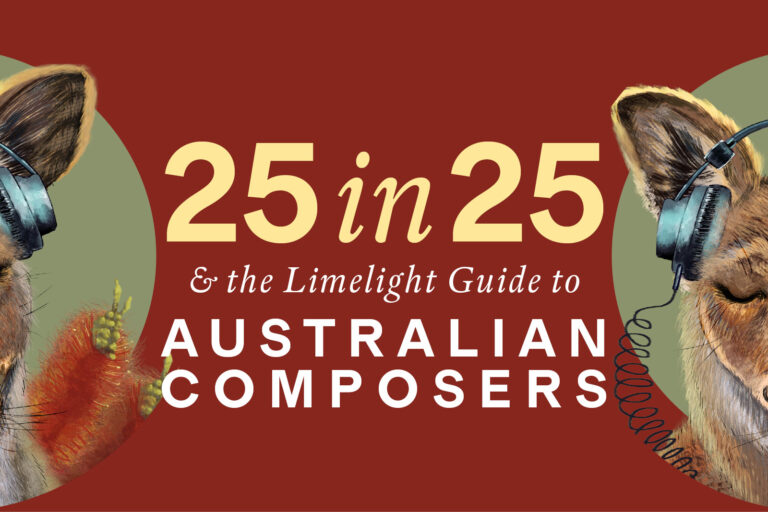

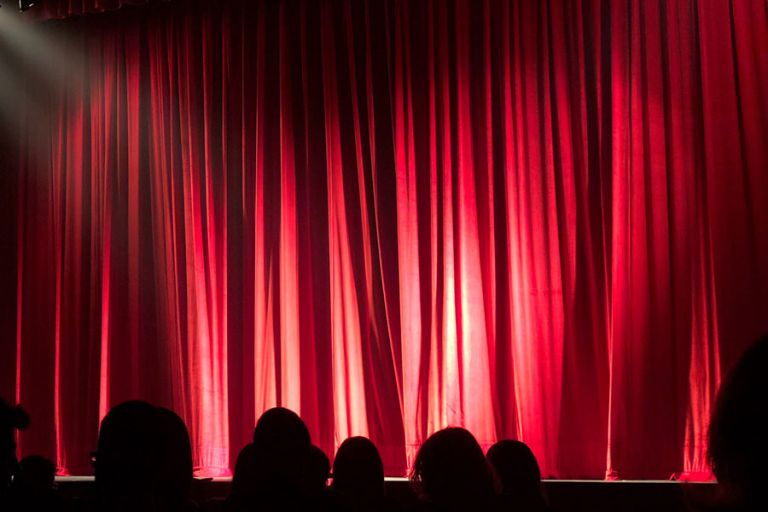

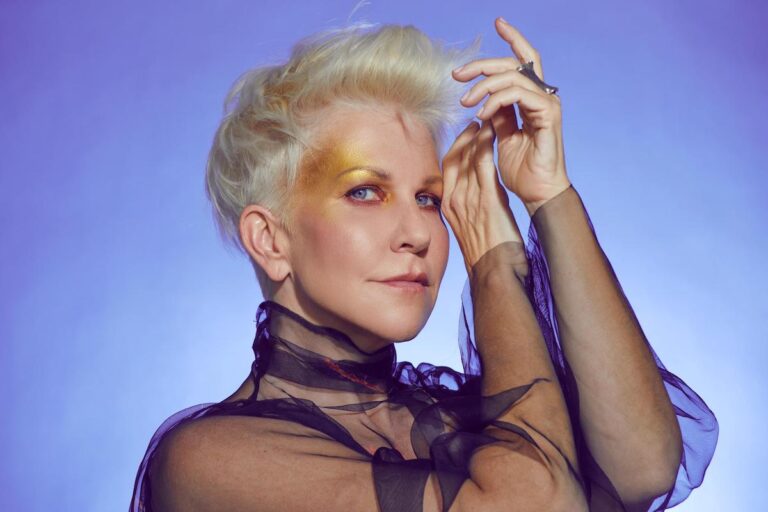

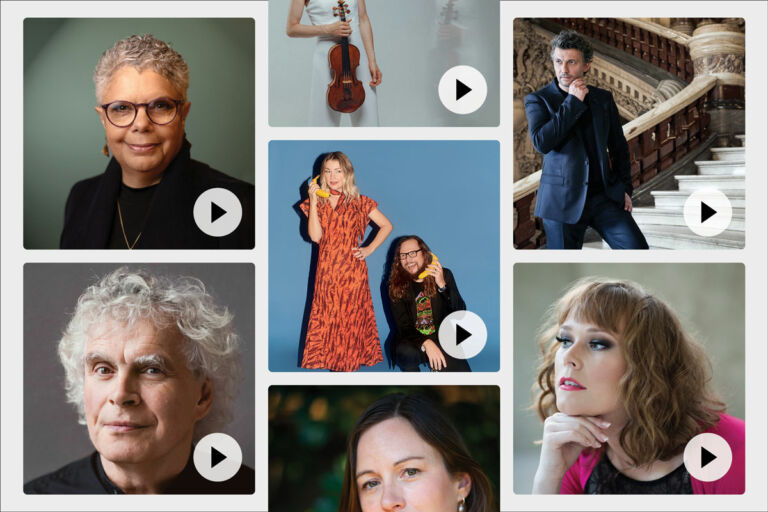

Comments
Log in to join the conversation.